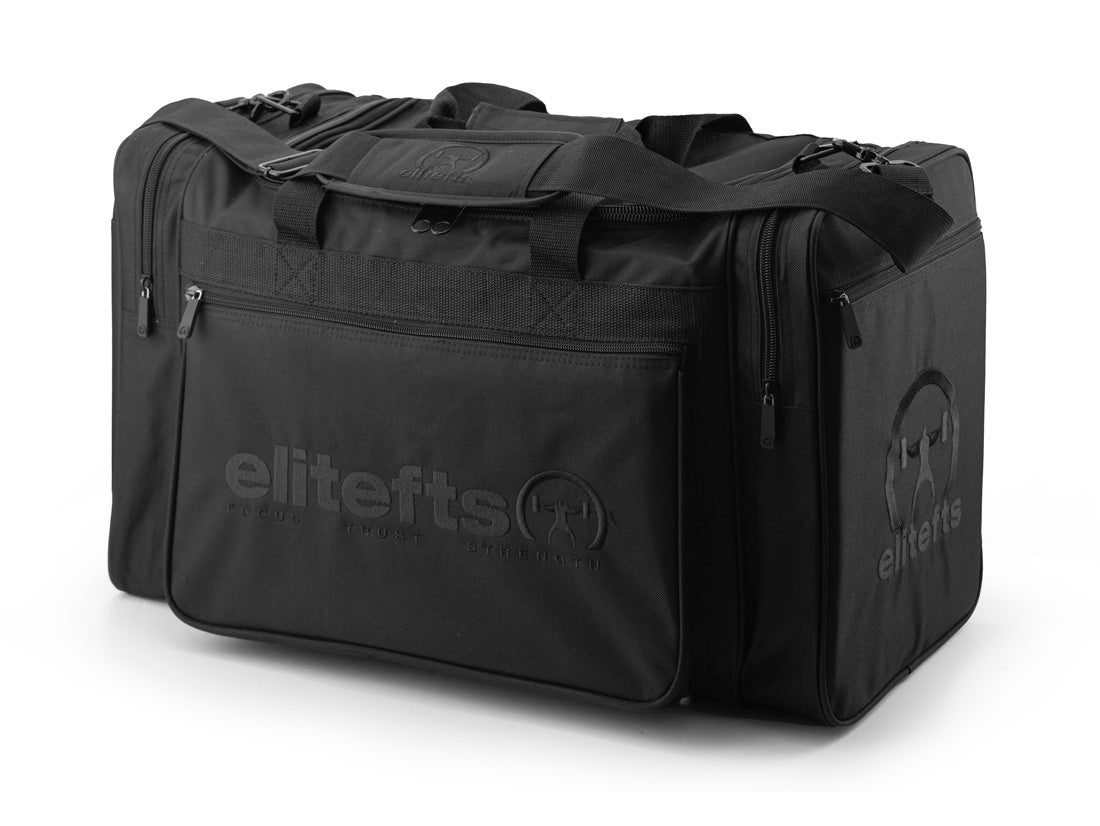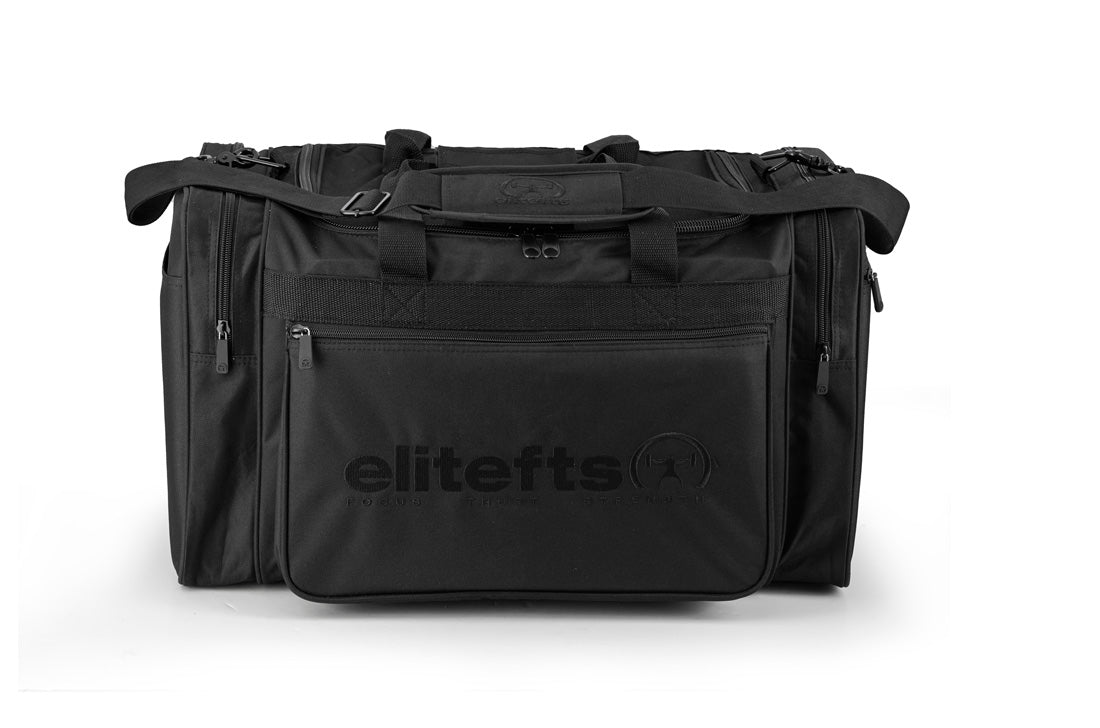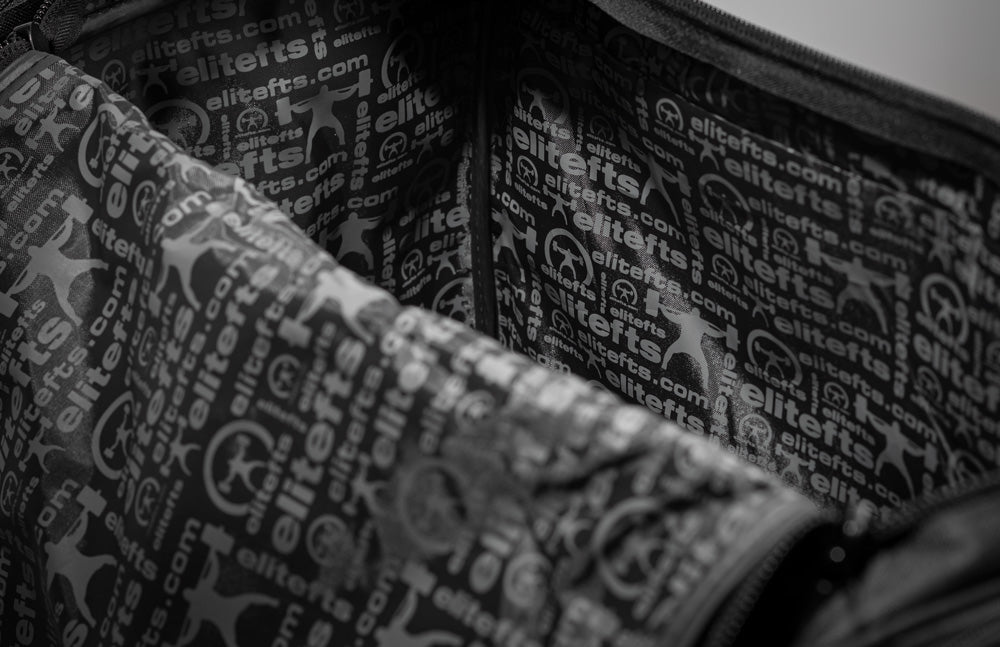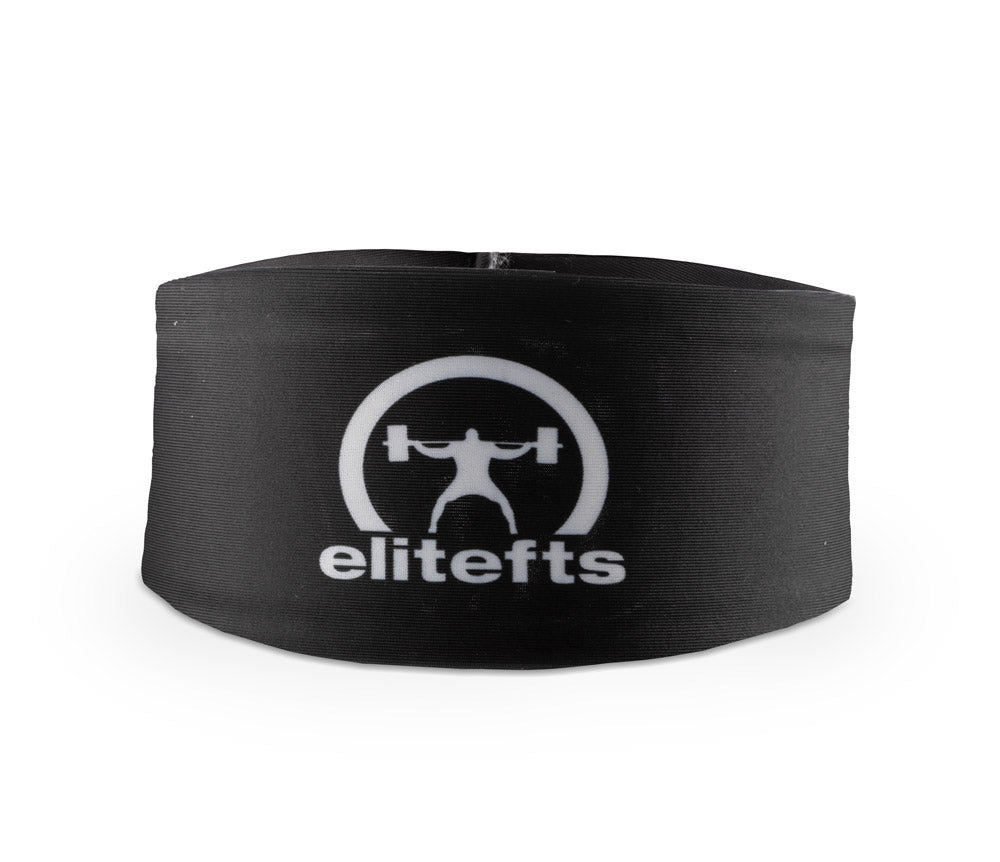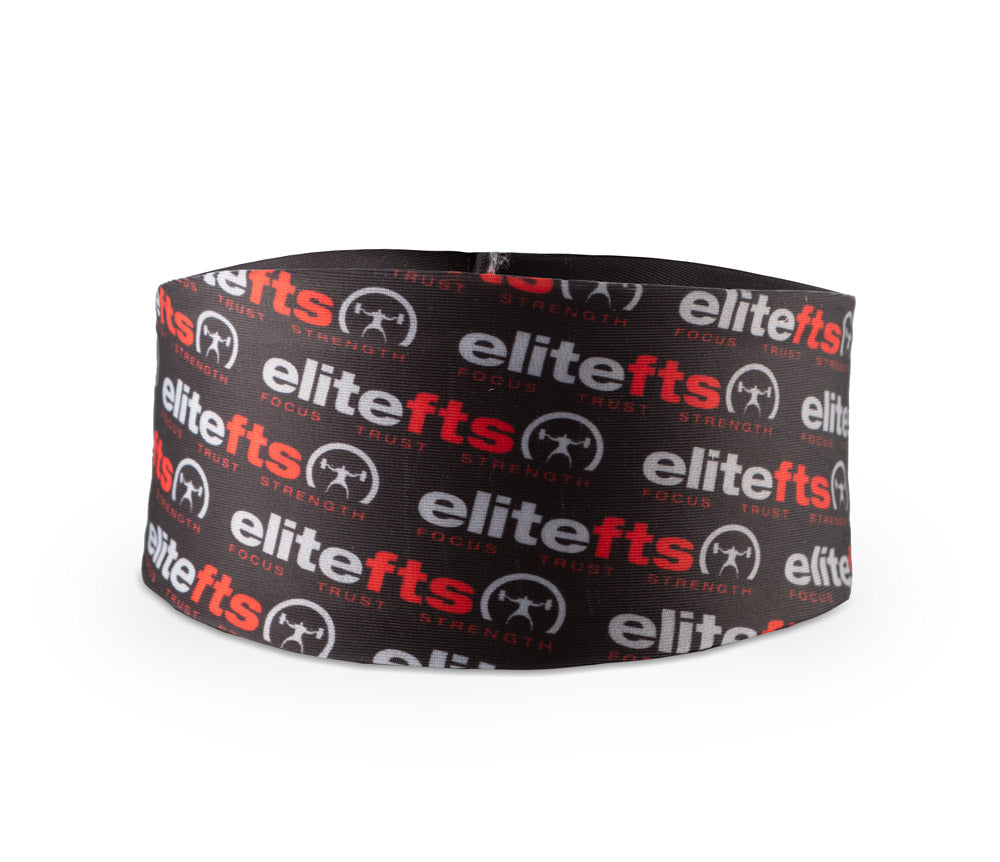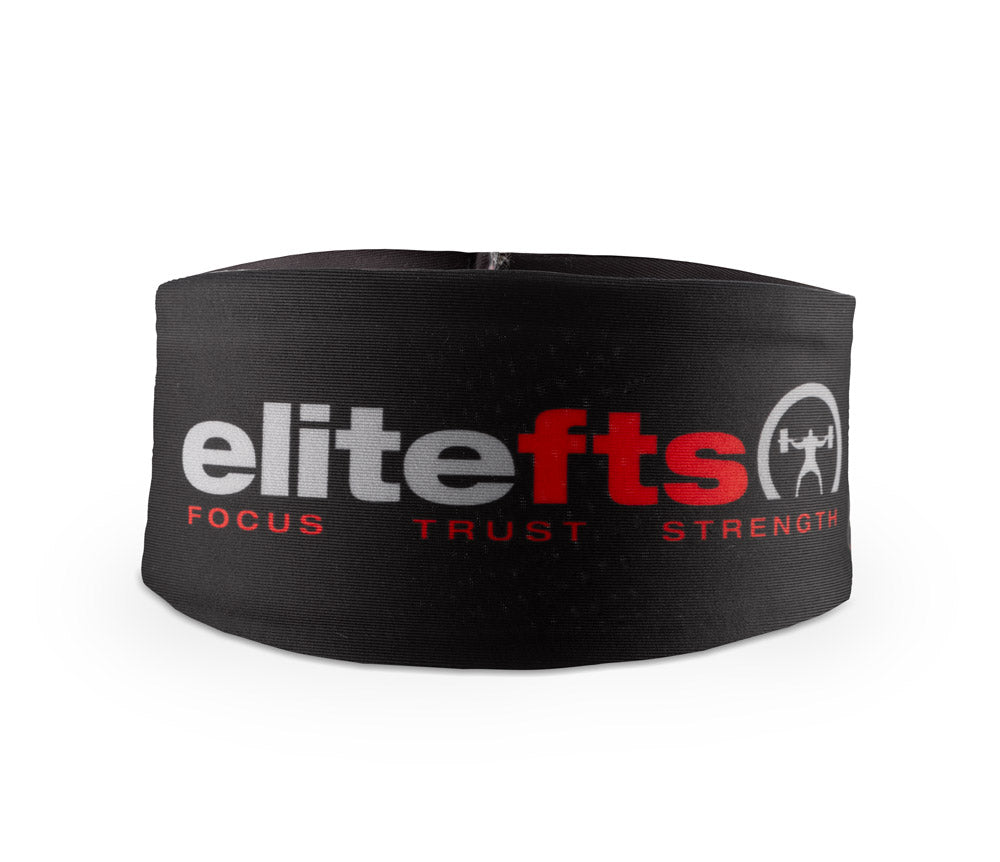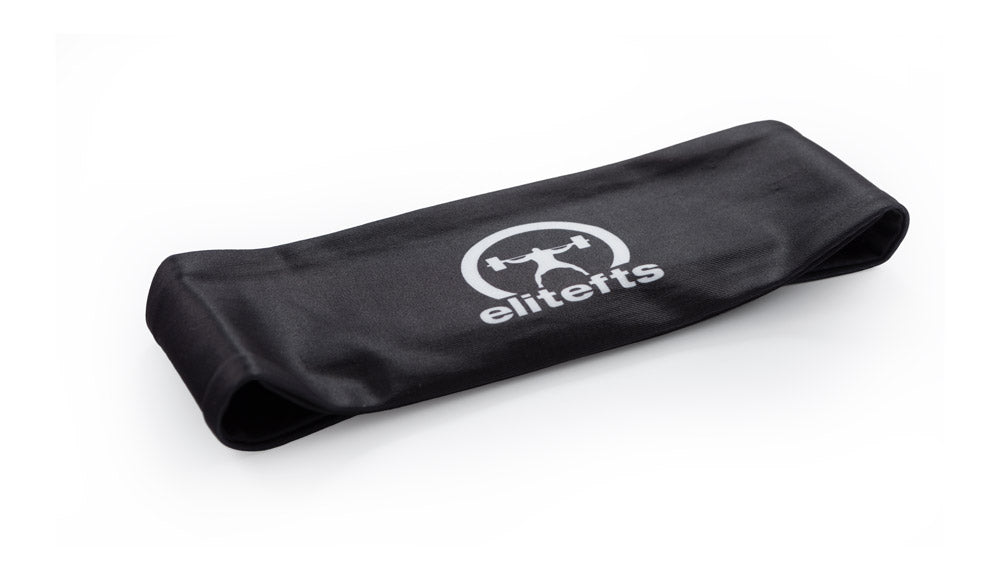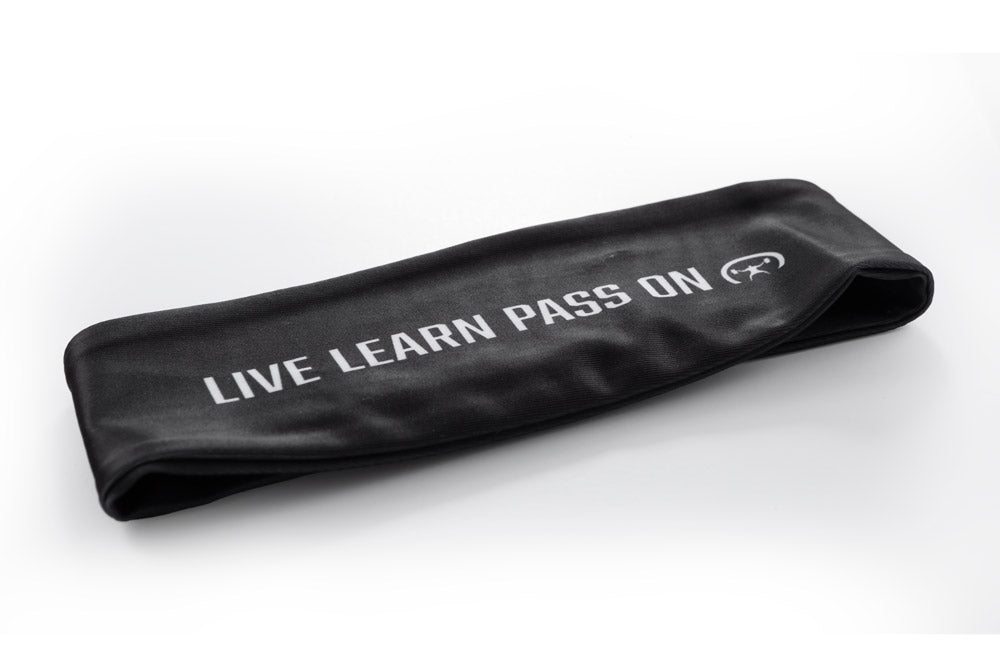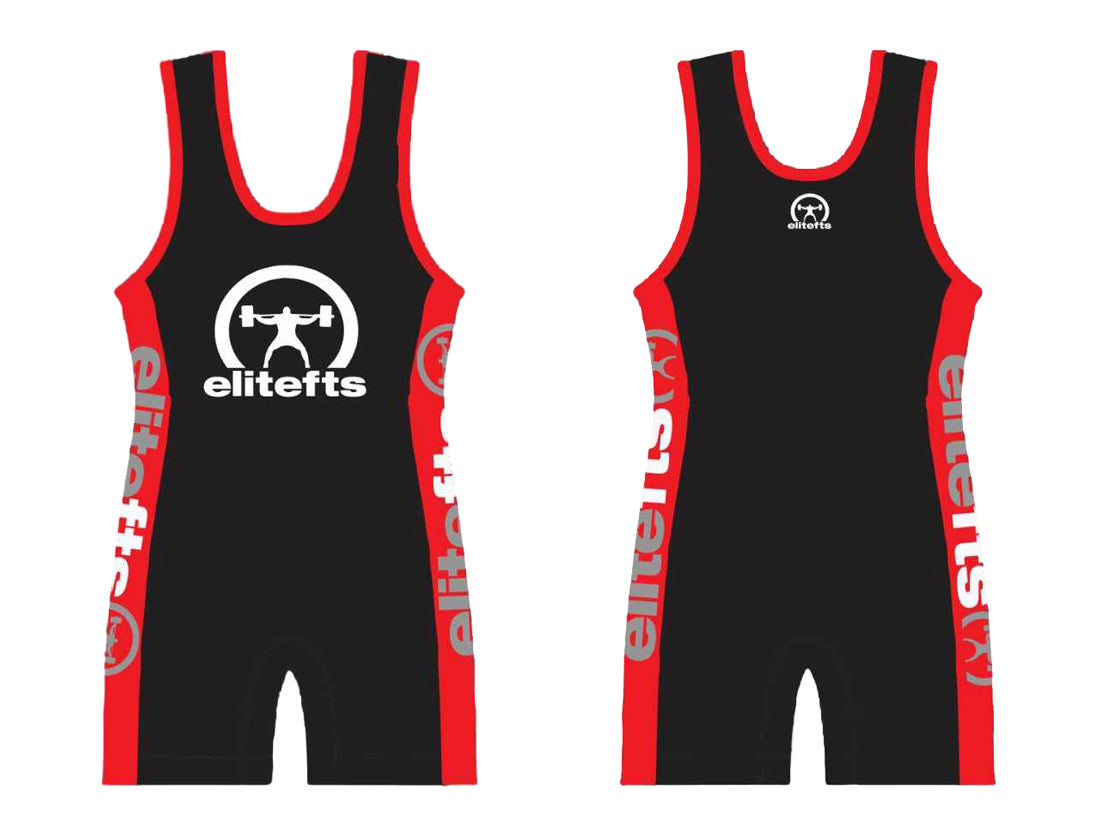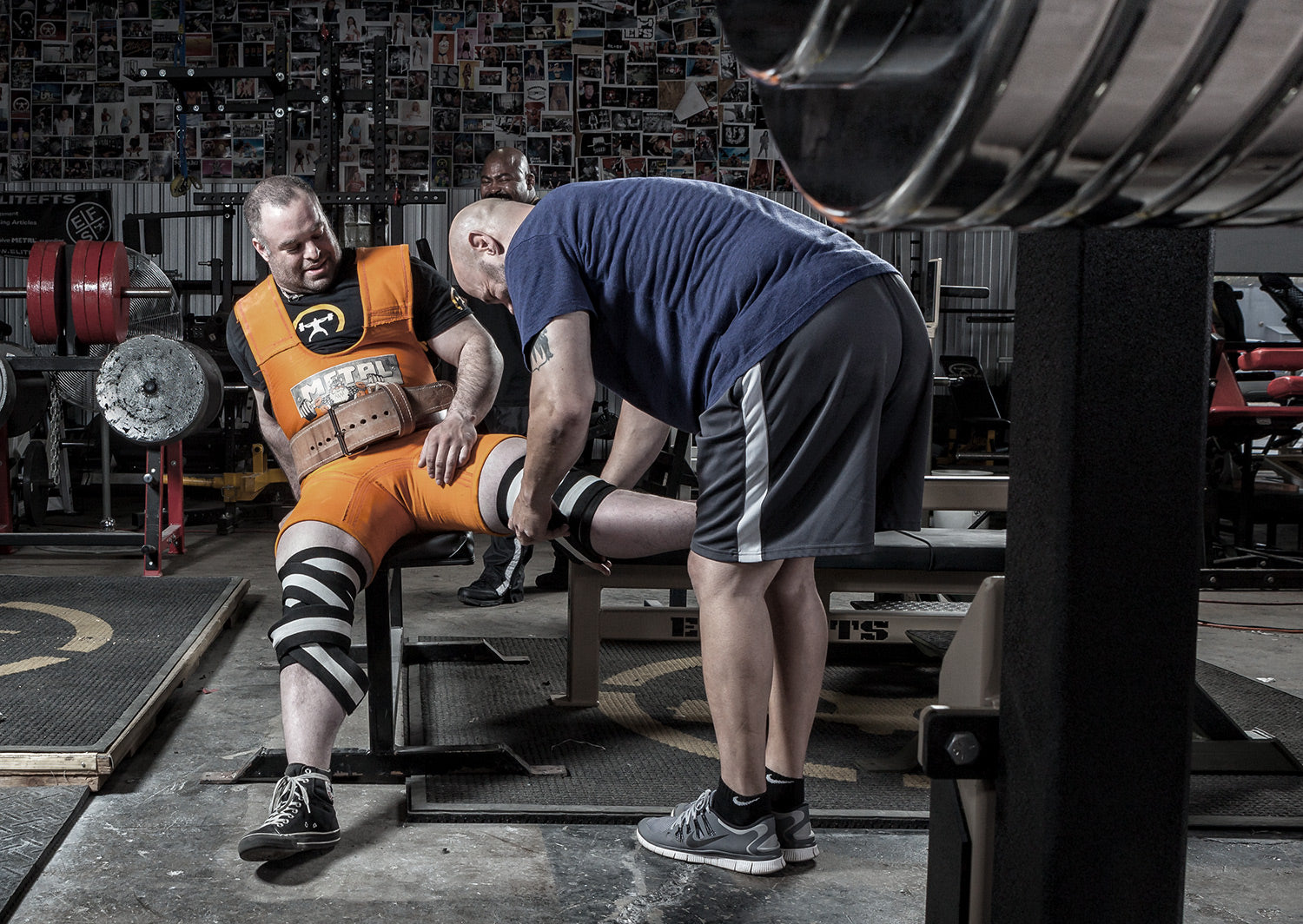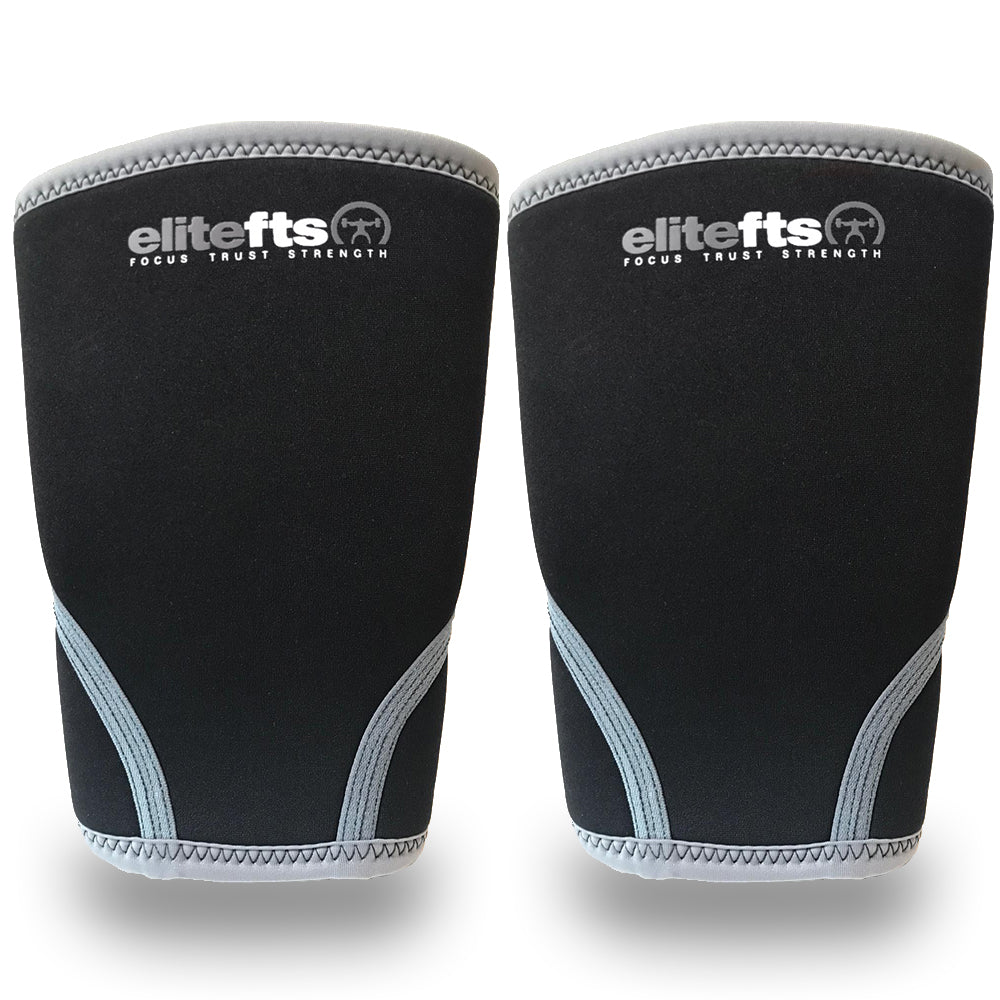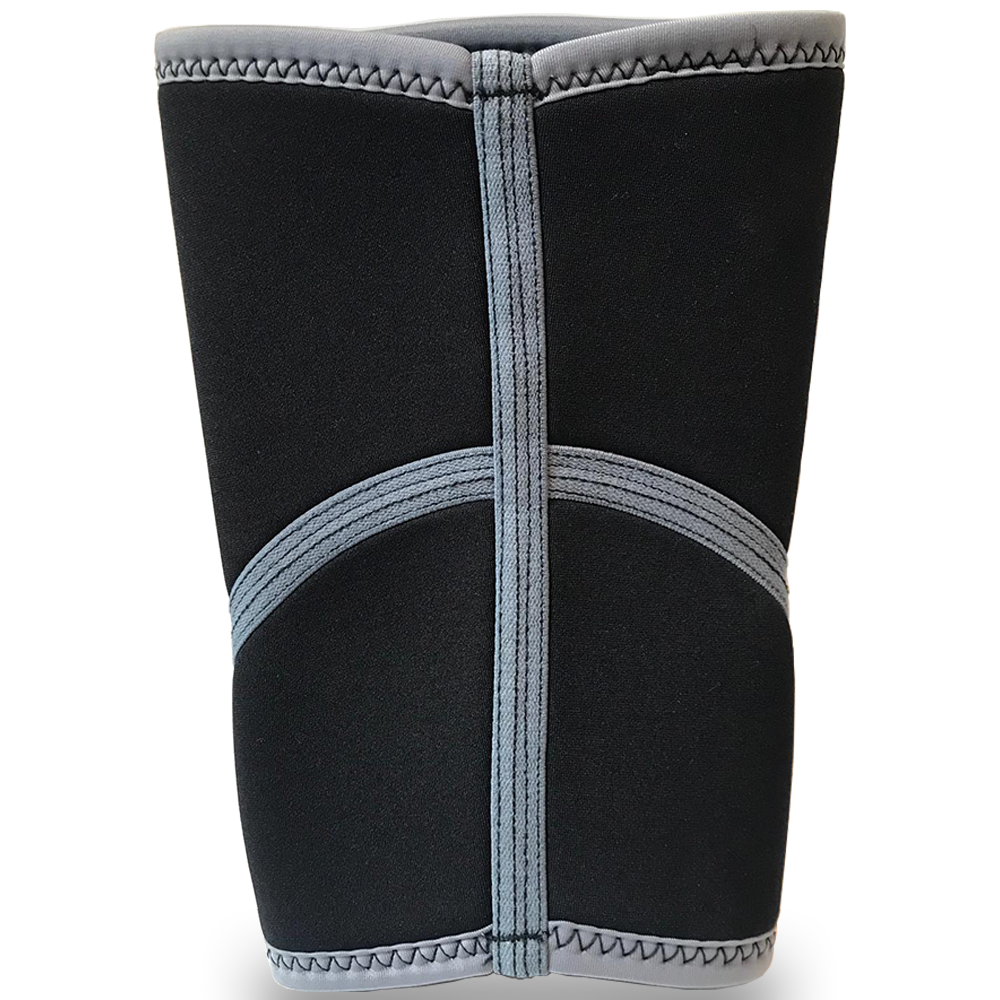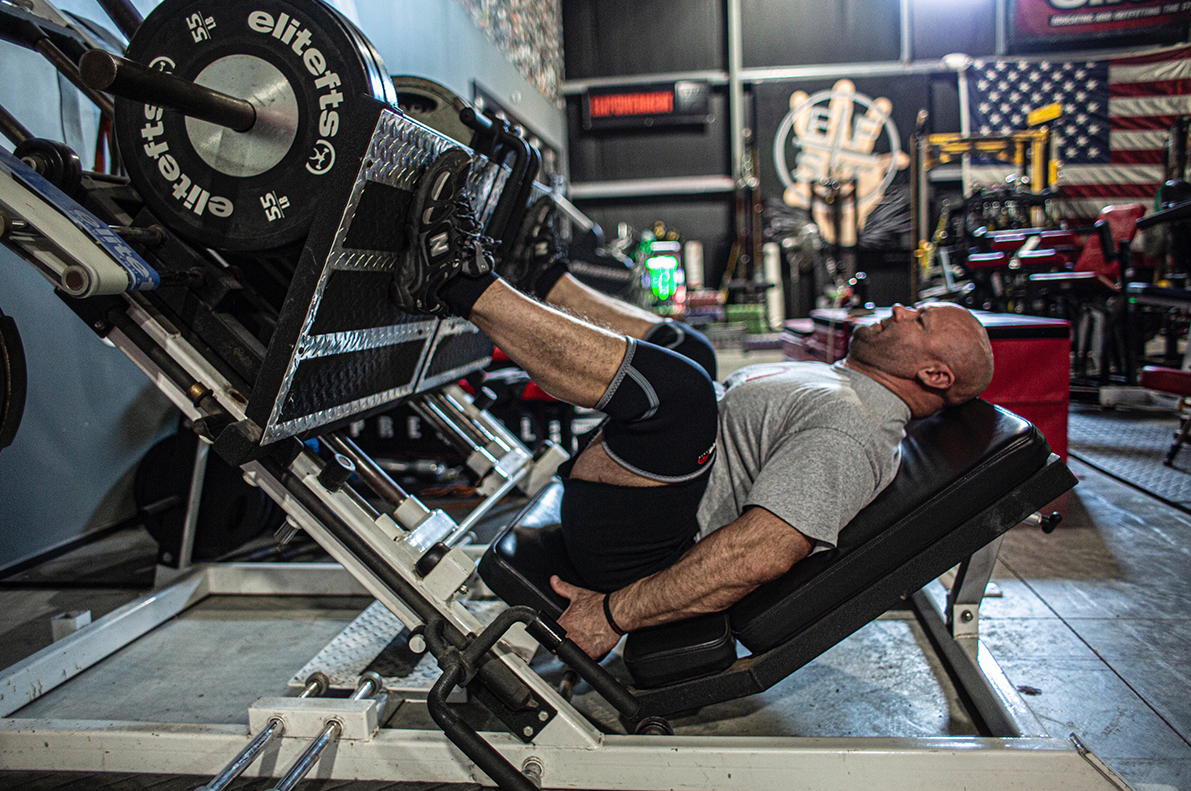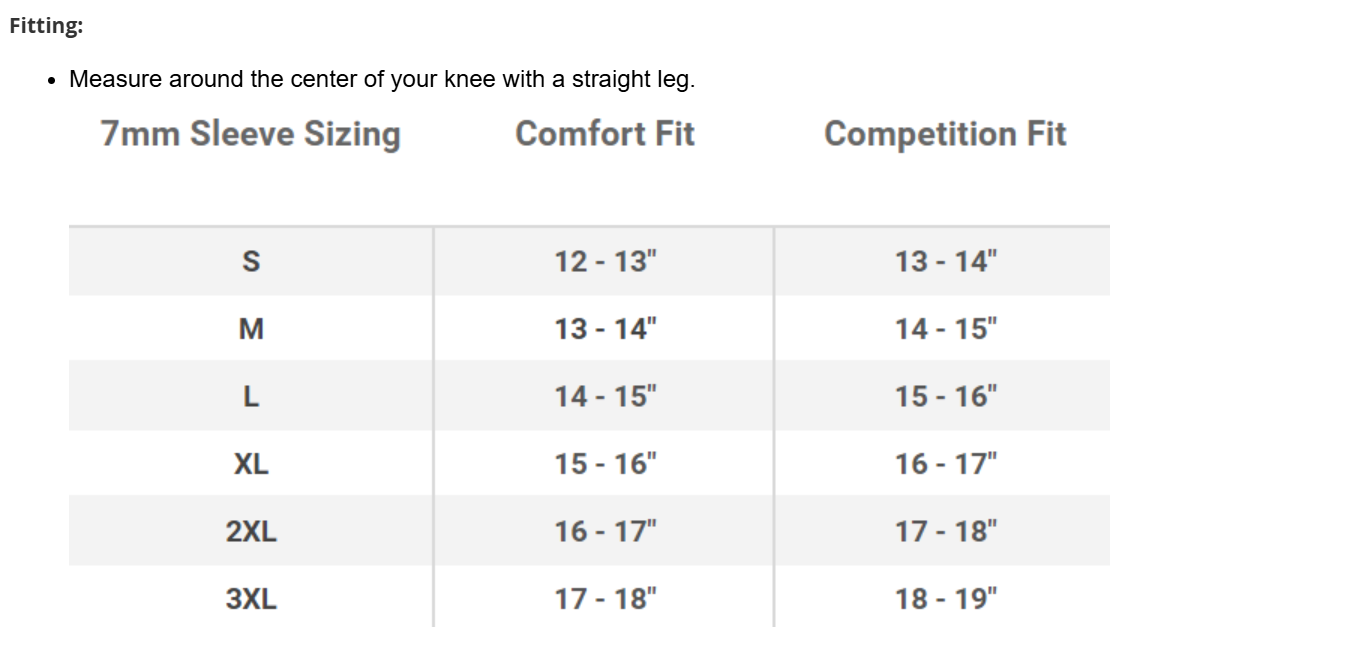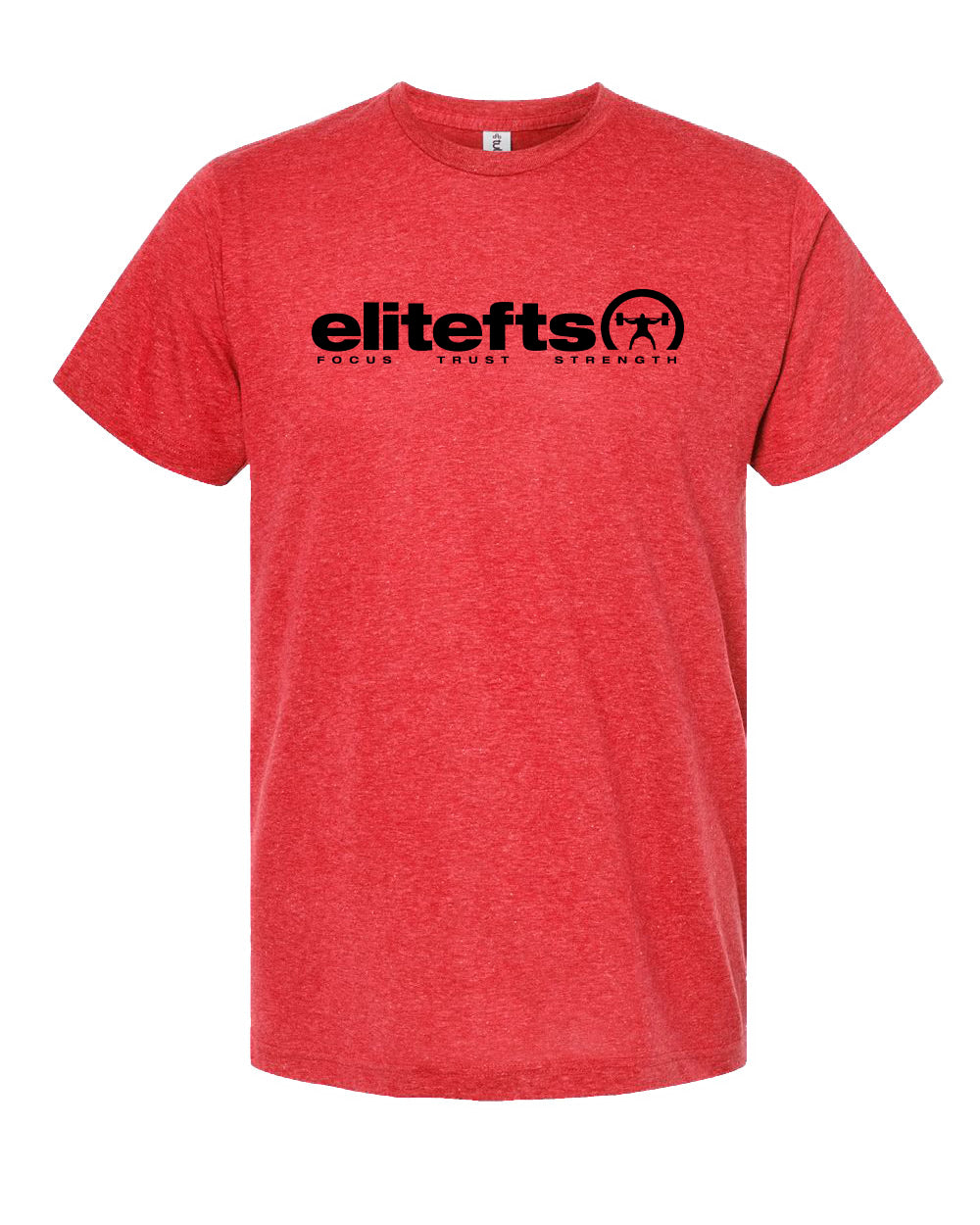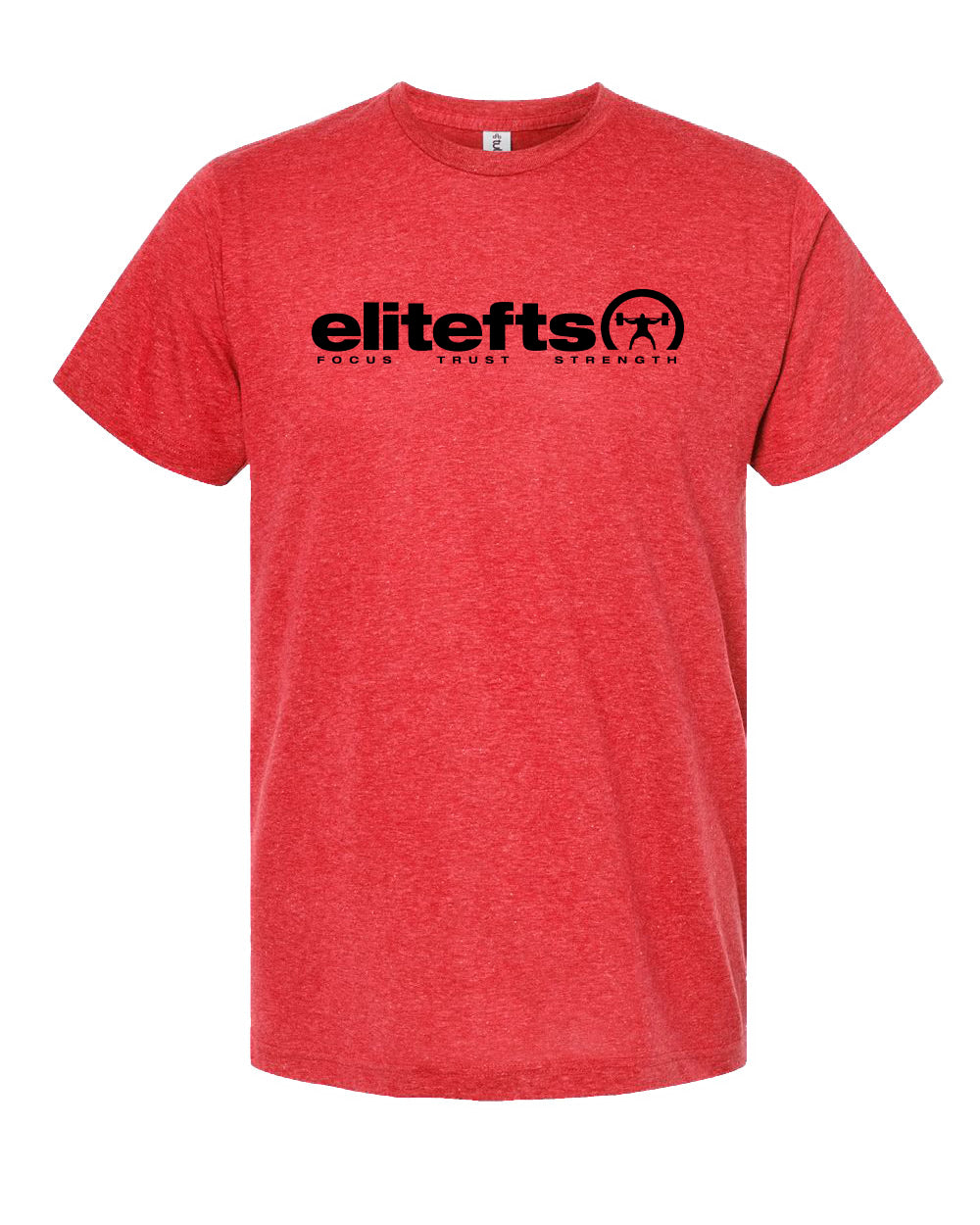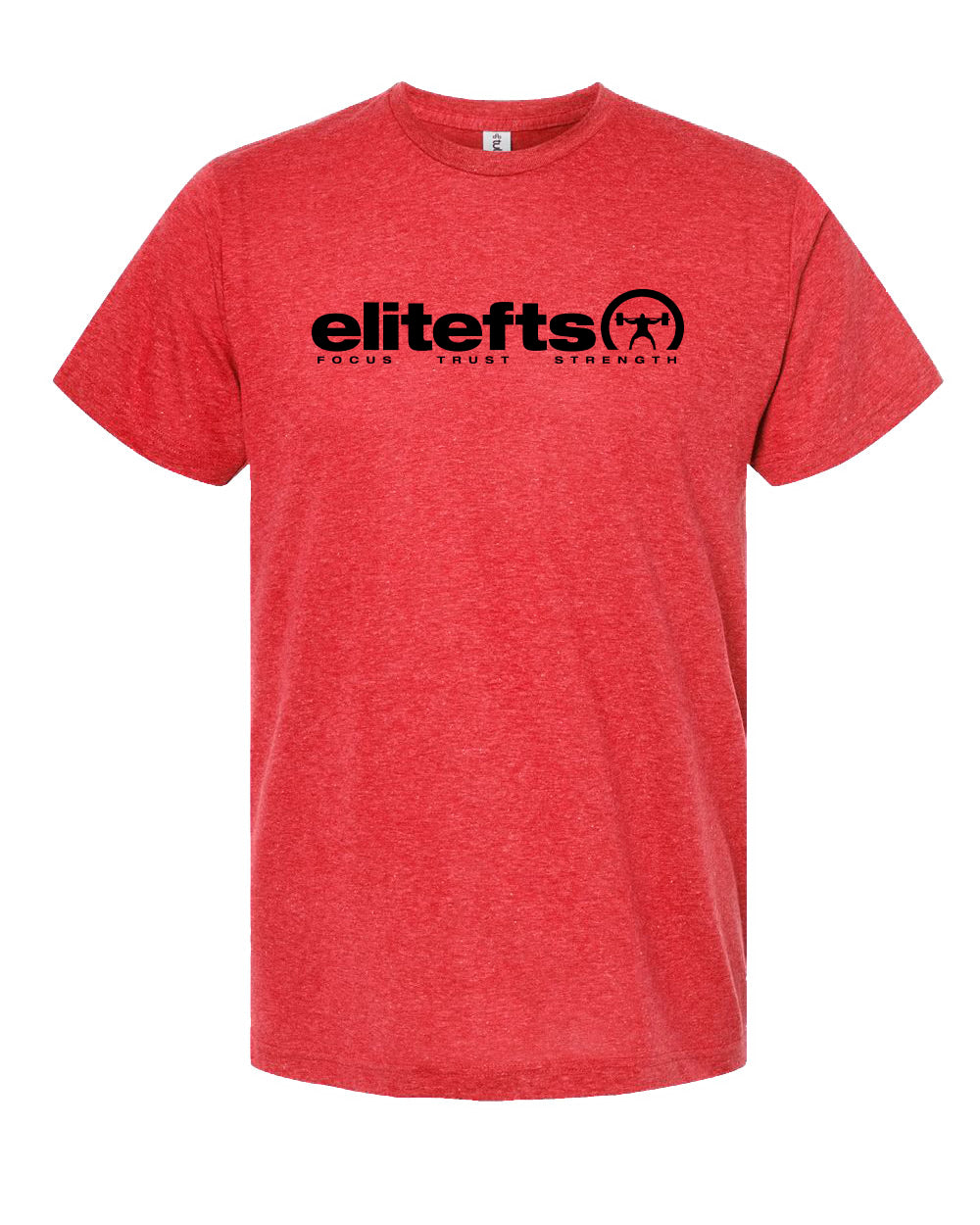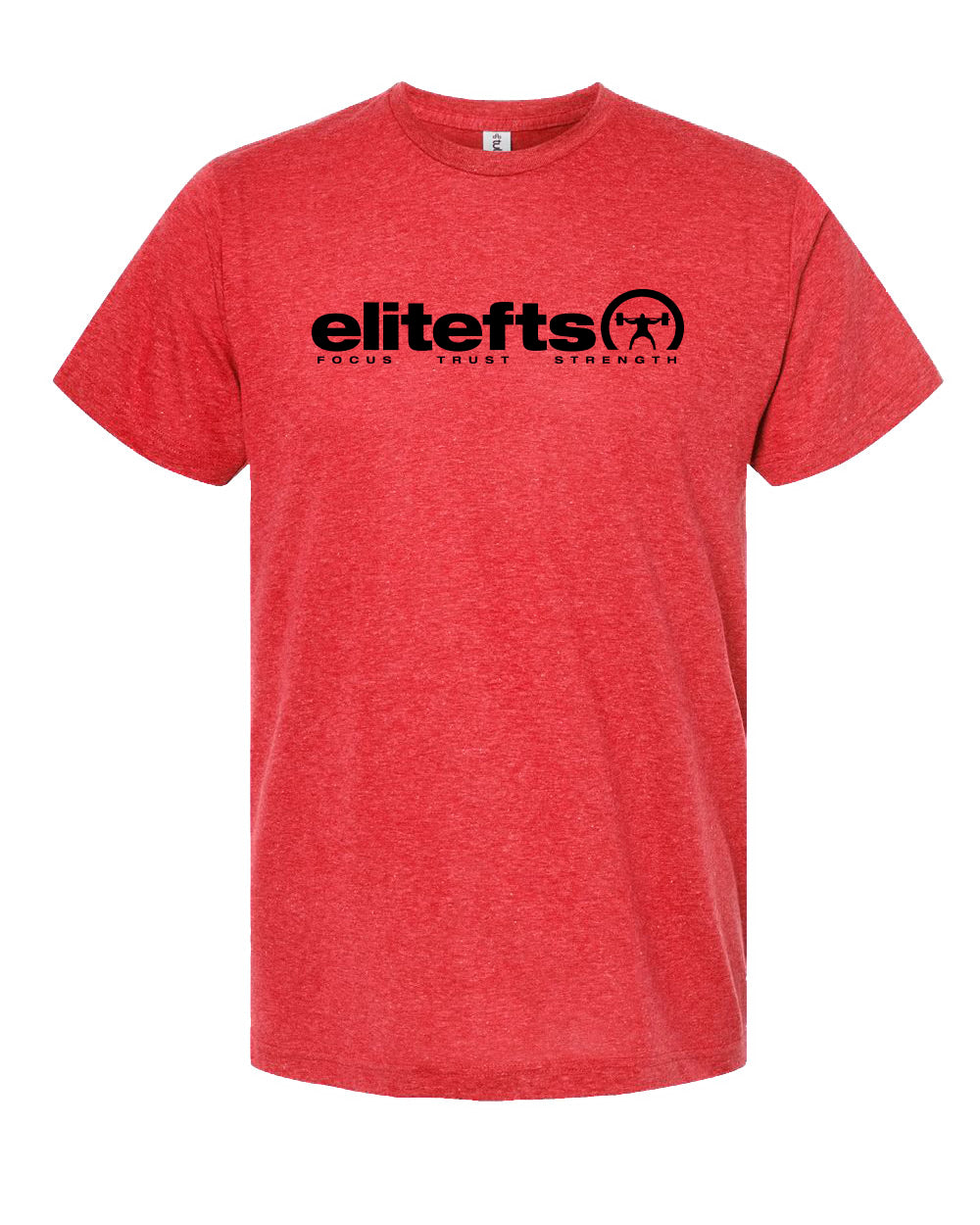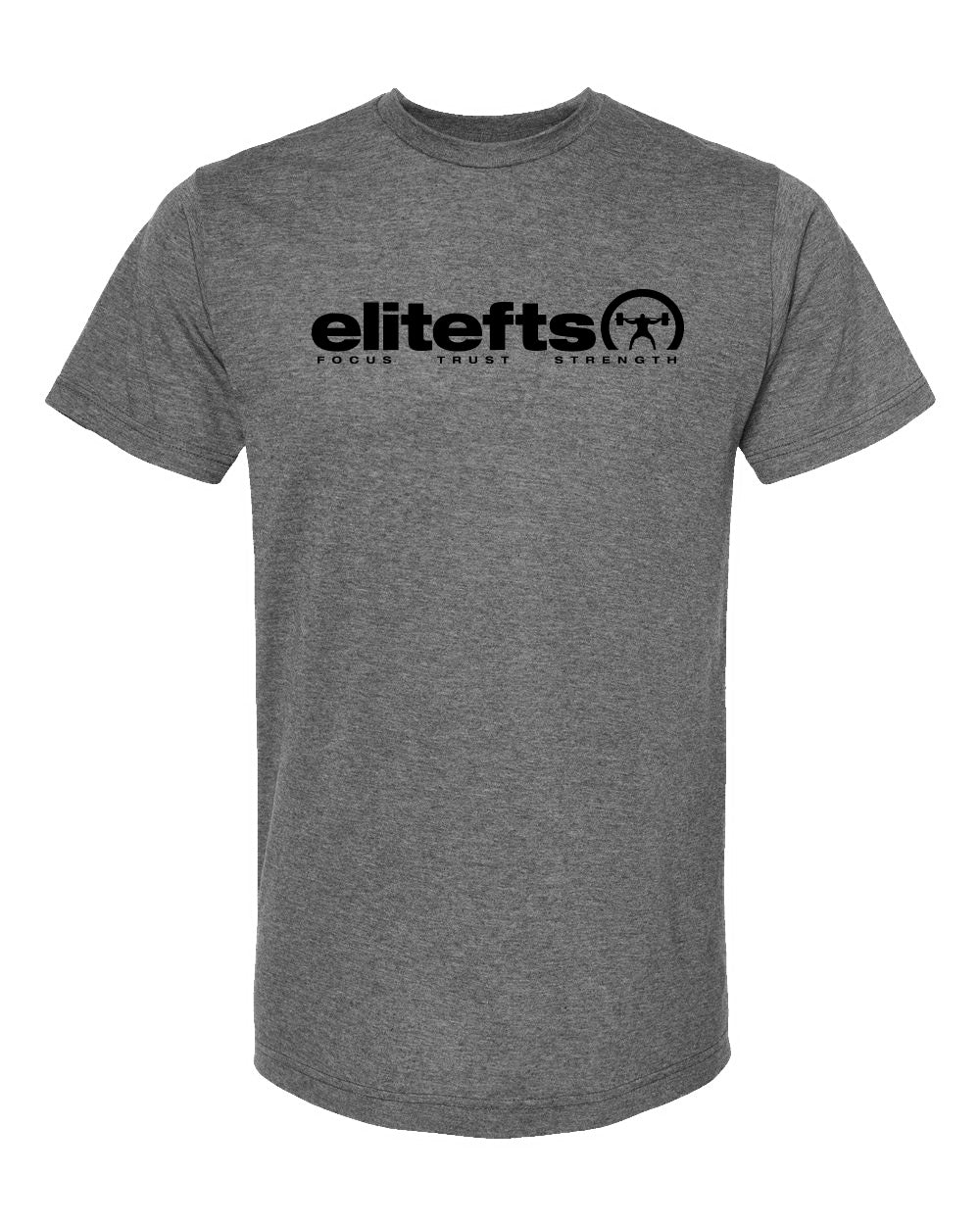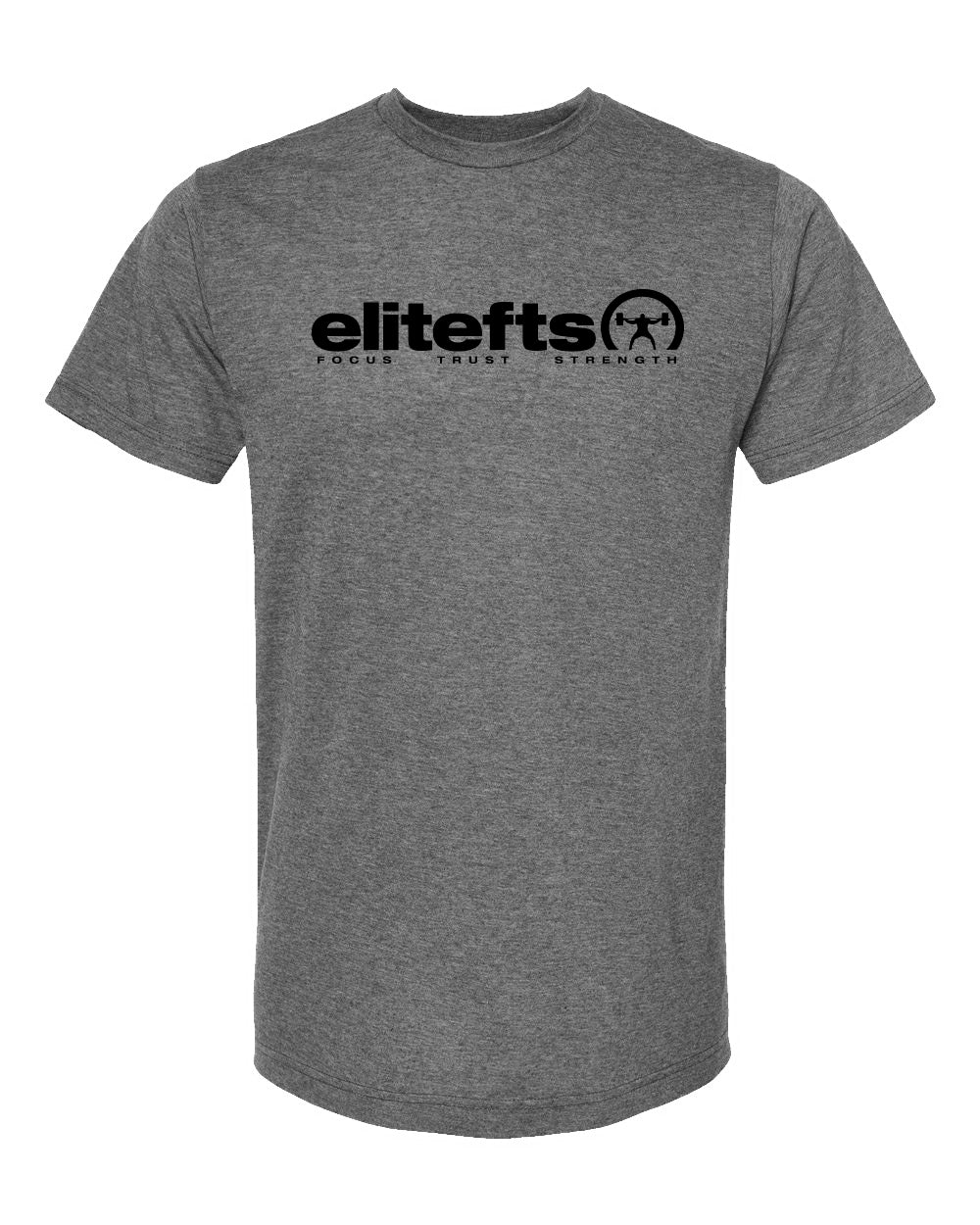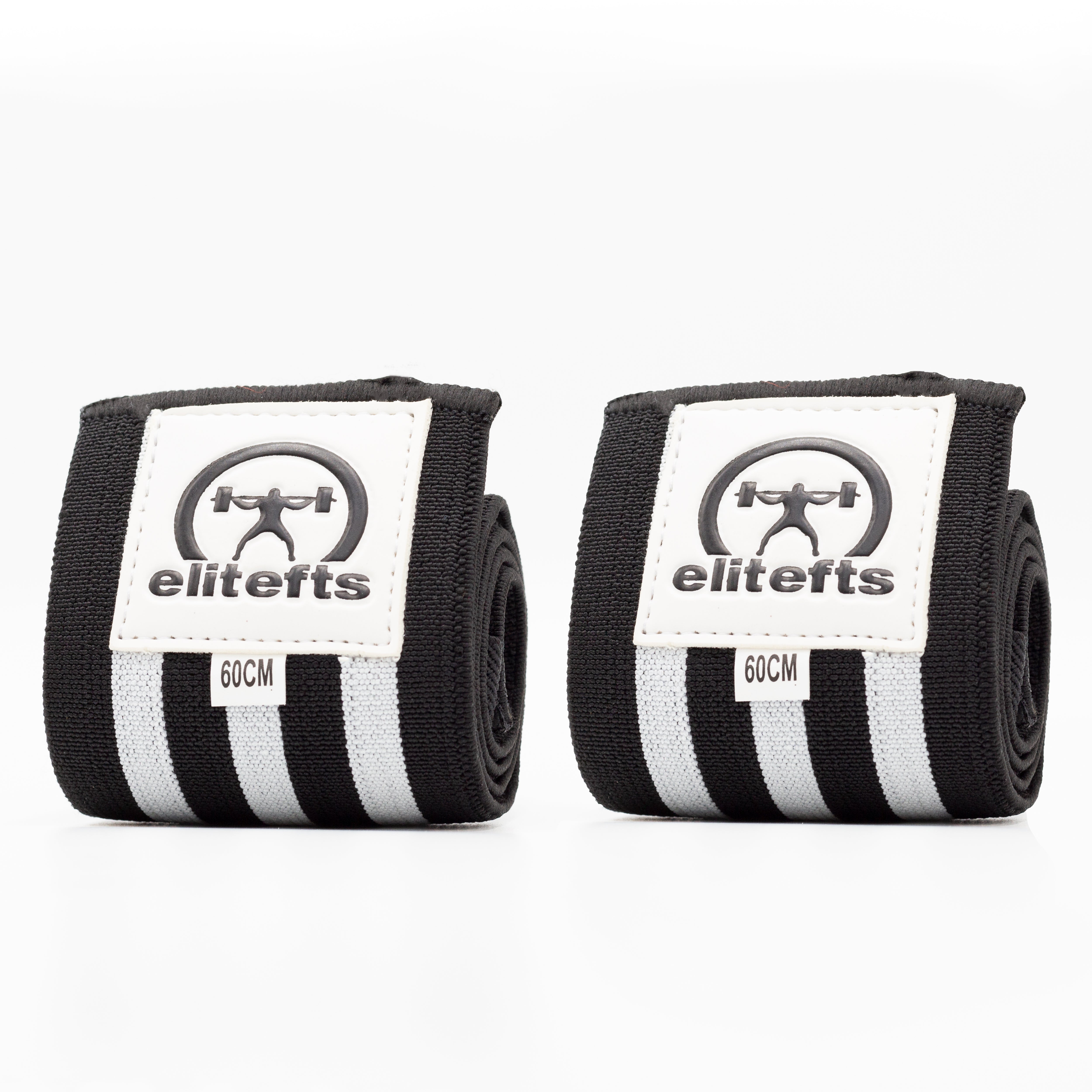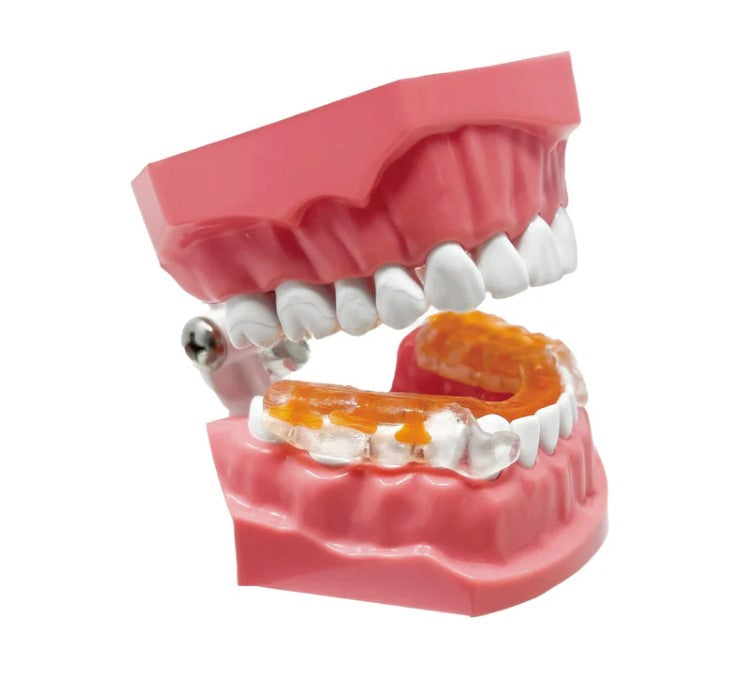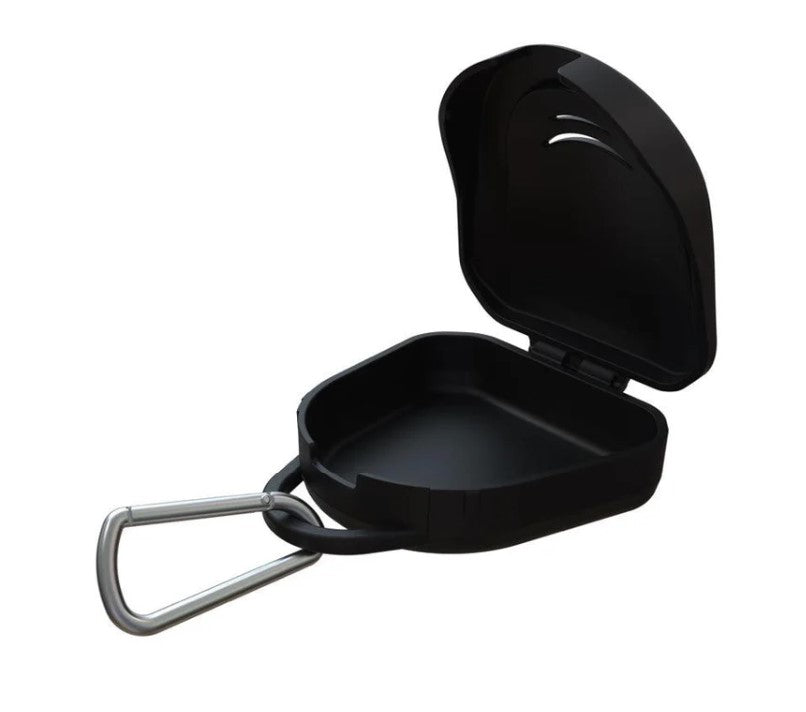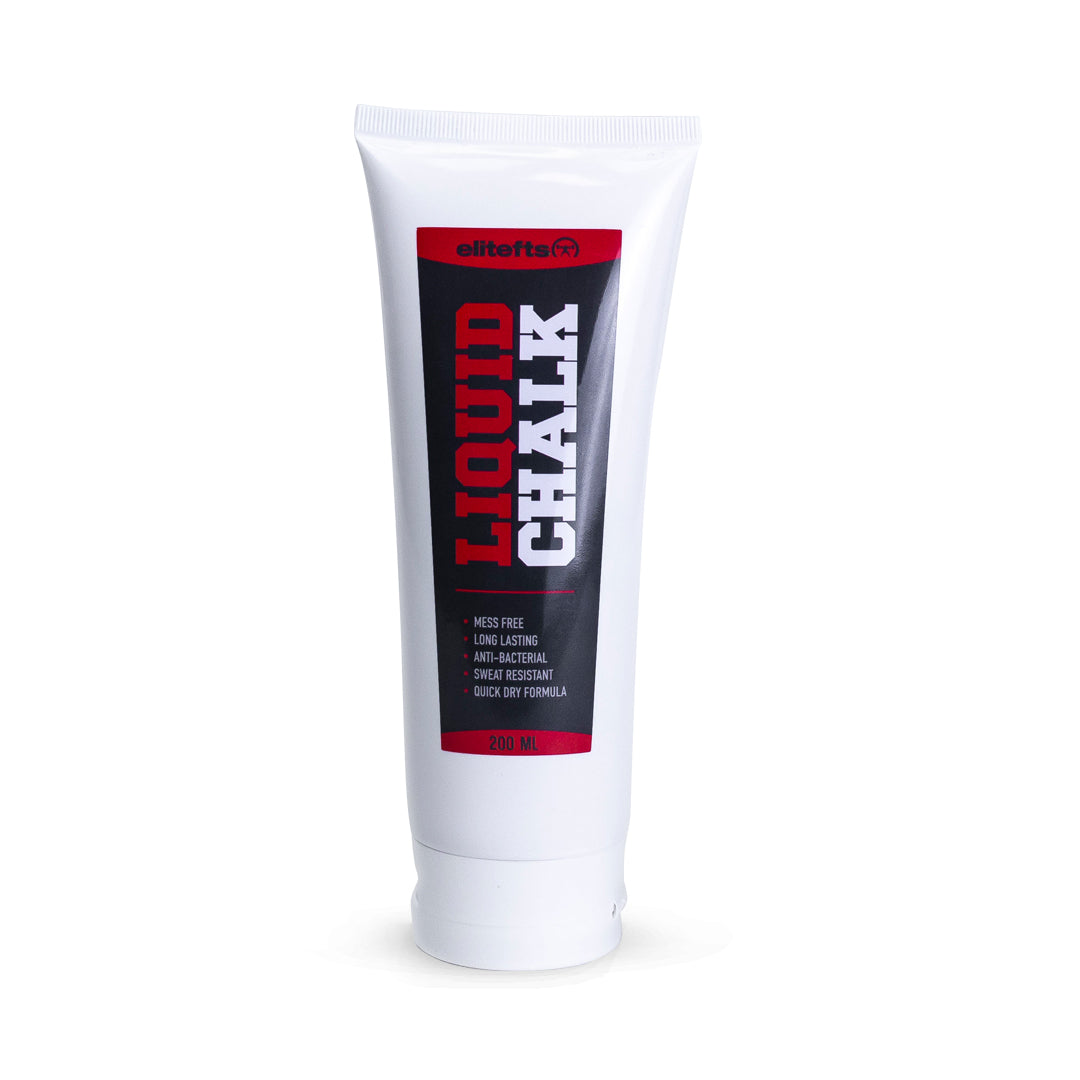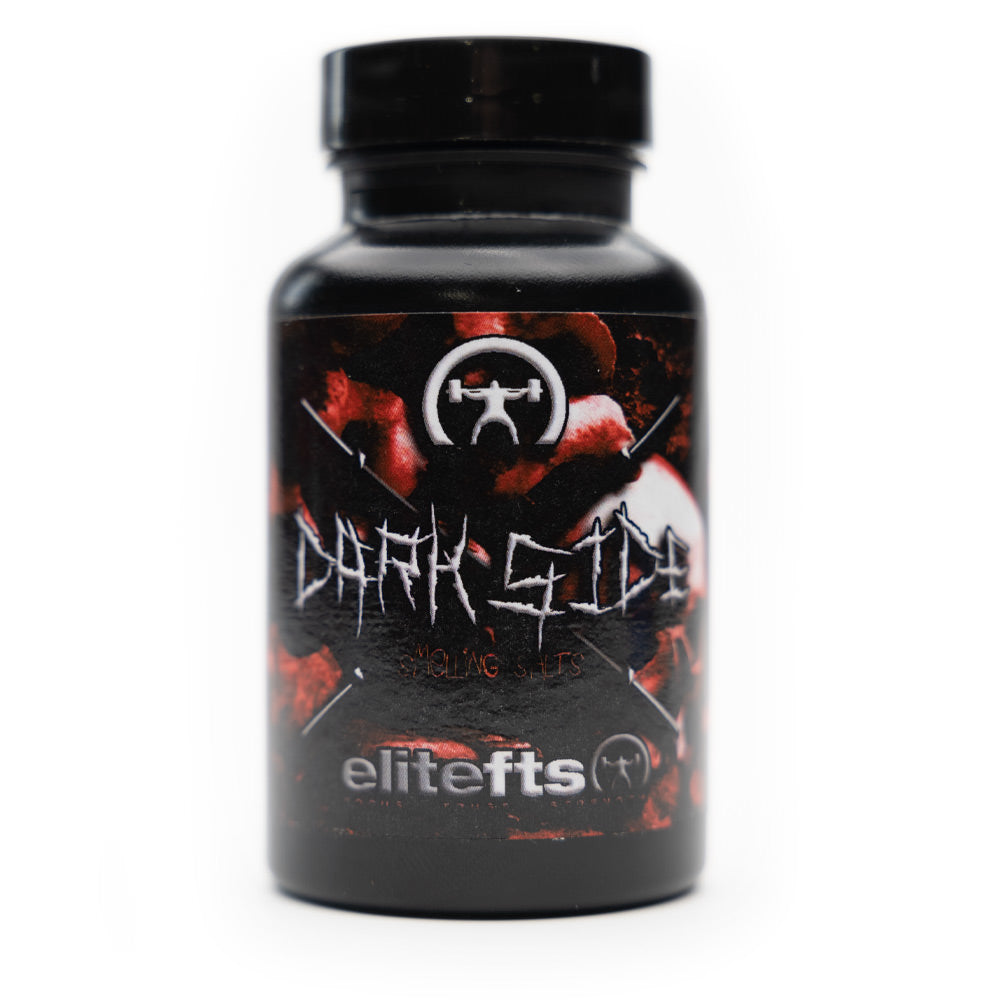- I looked loose.
- I was losing power.
- It was messing my back up.
Once I showed that I had the anti-shrug and corrective exercises locked in, I started peppering him with questions. I have wanted to know a lot of this stuff for years, and now, finally, I had the most decorated back guy in the world in front of me. I started with what everyone wants to know: How should you have your head, and where should you look when you’re squatting and deadlifting? Keep in mind that there are exceptions for everything depending on a person's build and injury history. Dr. McGill likes a posture with your head up and eyes looking higher than forward—but no more than that. This is about locking the back in and slightly extending it with no movement in the lift and no flexion. He also went into the issue regarding the nerve problems in my left leg and explained that having my head anywhere lower than straight ahead would cause neurological signals to stop going down my leg, shutting down power. I then asked him about flexion during the deadlift, and he told me that freaks will always exist who can defy the laws of nature and get away with it—for longer than the average athlete anyway. However, non-freaks will likely have serious issues with their spines. He very rarely ever advocates any kind of flexion. Notice here that I said rarely, not never. It is important to look at backs on a case-by-case basis, not a one-mold-fits-all. This is why he had to see me in person. He had to touch my back, watch me lift, and see how horrible I am at sitting in a chair and flopping on the ground. You can’t take a cookie-cutter approach to back injuries. Dr. McGill said the difference between a corrective exercise and an exercise that will hurt you is sometimes very small, and that something that’s corrective for me could potentially hurt someone else. This is a very difficult thing to prescribe unless you know exactly what you’re doing. Once we finished in the lab, we headed back to Stu’s office for another sit-down to discuss what we had so far, along with a short recap. He couldn’t stress enough how important it is to have perfect posture all day. He kept saying, “Brian, you just stole another dollar out of your lifting account” every time I moved the wrong way to get something or got up or down the wrong way. He told me that I need to save my back work for lifting only and to not engage my erectors all day if I still expect to have power and endurance when it counts. Using my hips to lift, stand, and sit will really help this process. If I want to lift at a high level, I need to start doing these small things, especially since my back is broken in multiple places. This way, I’ll only be making withdrawals from my “bank account” on lifting days. At this point, my body will not allow me to do both. Now, it was time to come up with the plan...






